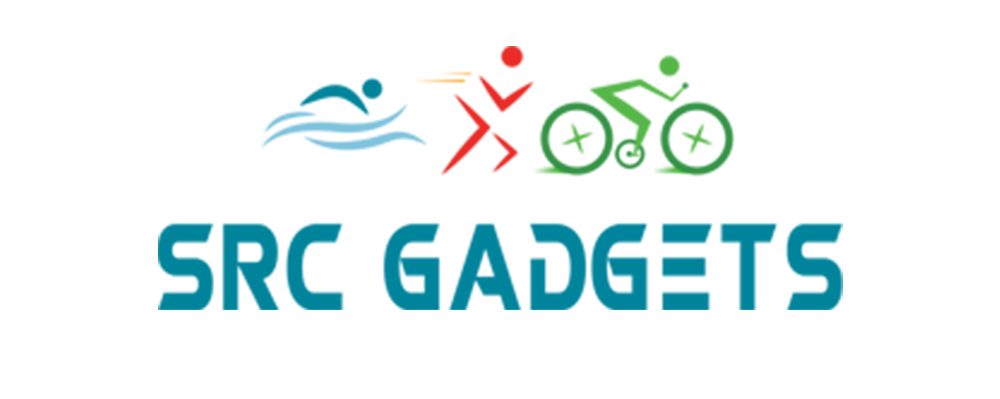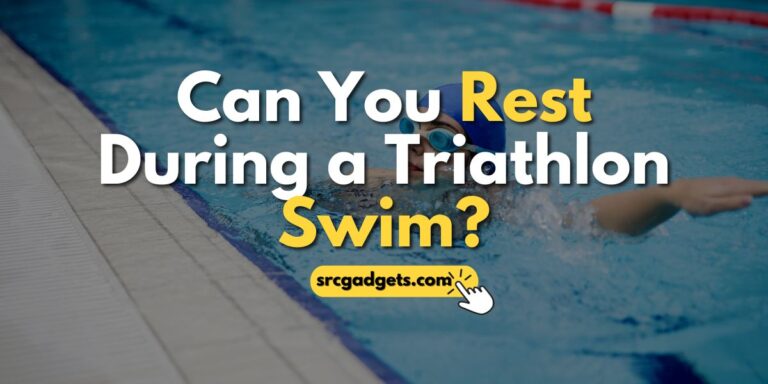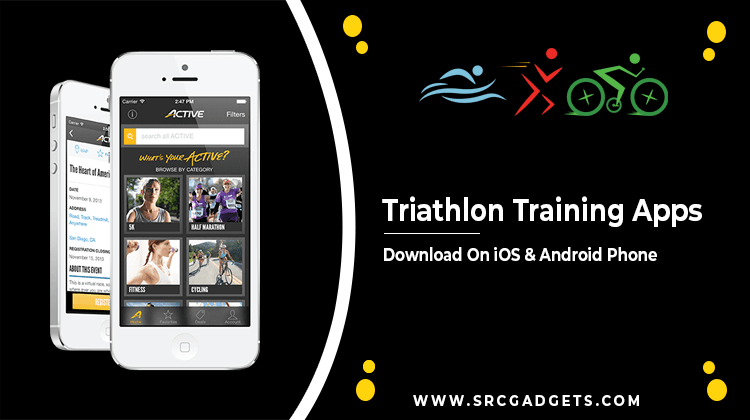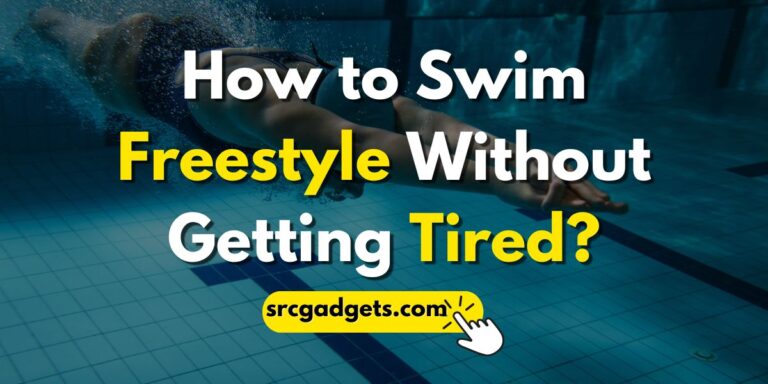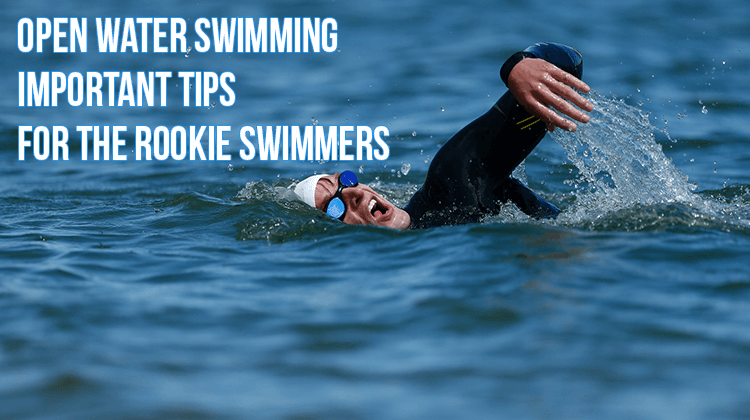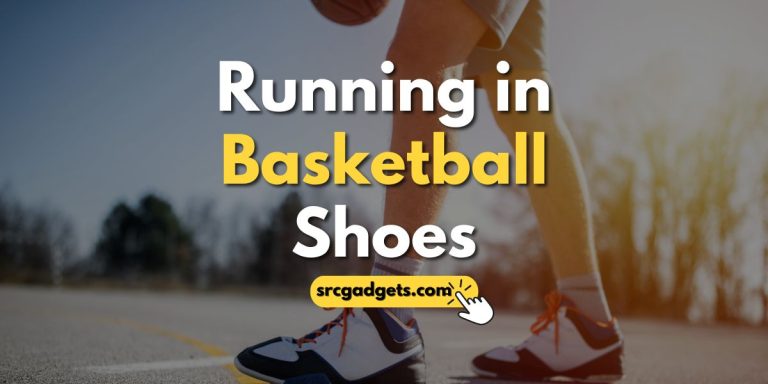Triathlon Tips for Beginners in 2023: A Beginner’s Guide to Crushing Your First Race
Exploring new sports is the key to fitness with fun. It keeps your health in check, and also you continuously experiment with your body’s horizons. As the name suggests, Triathlon includes a session of swimming, cycling, and running. On paper, it seems nothing, but running the race is very difficult for some people, especially beginners.
Suppose you are participating in a race day to challenge yourself and your fitness. In that case, Triathlon is the best sport to try because it involves so many different sports jammed together.
However, as exciting as it seems, triathlons can definitely intimidate beginners, especially if they are partaking in a race. We have assembled some tips for triathlon to help you prepare your body and yourself for the best possible performance.
Triathlon tips to optimize performance

You might have trained hard for triathlons or even participated in a few, but you feel disappointed and want to improve your performance. Well, It’s not uncommon because Triathlons are demanding and necessarily smart to train. So, there is room for minimal changes you can apply to make a difference.
In this in-depth training article, we’ll be discussing some of the best triathlon tips that’ll include each aspect before and during the race to optimize your performance up to par!
Triathlon Tips for Training
Consistency doesn’t mean you have to train all the time or beyond your body’s limit. Consistency means the opposite; you might have heard it a lot and found it funny that a little bit goes a long way. You would need a schedule to practice your T1 and T2. That cannot happen in a short amount of time under a lot of stress.
The key to succeeding in your first triathlon is understanding the race’s intricacies and being prepared. One of the most critical parts of a first Triathlon race is the transitions, commonly termed T1 (swim to bike) and T2 (road bike to run). With your newly acquired running shoes designed for quick transitions, the T2 can be smoother and faster.
Dedicating race day to a single part of the race would be best. For instance, you can train your legs – one of your race’s essential elements. On another race day, try brick training and practice your transitions.
Preparing for Your First Half Ironman
For many, completing a Half Ironman, or 70.3, is a testament to their endurance, dedication, and love for the sport of triathlon. As one progresses from sprint or Olympic distances, the Half Ironman presents unique challenges, especially for those taking it on for the first time.
One of the most critical parts of a Half Ironman race is the transitions where many first-timers face challenges. In the world of 70.3, every second counts, and ensuring smooth transitions between swimming, cycling, and running can make a significant difference.
Triathlon transition tips
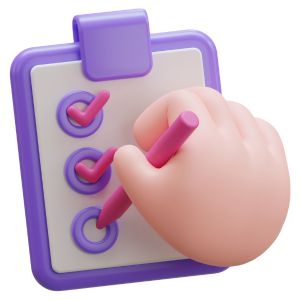
One of the most critical parts of a first Triathlon race is the transitions where most people fail. It is necessary to know how to transition during a triathlon. It is not easy for your body to adjust from swimming to cycling directly. That requires a lot of work. Thus, do not leave your transition practicing to the last race day but practice beforehand.
You need to perfect your timing of taking your wetsuit off and getting into your biking and running gear. Suppose you don’t calculate time or prepare yourself before the race day. In that case, you’ll feel rushed, anxious, and undermanaged at the critical moment. Usually, athletes get too passionate and drain from the triathlon bike too fast than their bodies can handle. What ends up happening is that they ruin their pace for the race or weaken when they shouldn’t be.
How to train for triathlon: perfect workouts
The perfect workout isn’t where you wear yourself out completely and never want to go through the routine again. Consistency is vital, so you must keep your workouts useful and not excessive. Your activities should include core training for balance and strength training for good running form. These workouts would increase your ability to continue even when your body feels deficient during the race.
Training to accommodate digestion
You can’t just get up and decide that you want to run in a first Triathlon without training because your digestion will never support this decision. From swimming to cycling and to running, you would have vomited more times than you can count. The sudden transitions mess up the digestion and need to be practiced for a long time to adjust it.
You need a proper diet with healthy carbohydrates. Moreover, You should eat 2-3 hours before the training and the race day so your digestion doesn’t bother you. The more you train your digestion in these extreme situations, the more you will feel comfortable in the race.
Practice for your race accordingly
This race would be a continuous session of swimming, cycling, and running. These activities are incredibly high intensity; practicing with brick workouts is ideal for preparation. Also, athletes can regulate their time, technique, and find a comfortable pace. Brick workouts also increase strength, and the body falls into a routine with it, making the race a lot easier to get through.
We know that swimming pools are not always available to us, so it is ideal for practicing cycling and swimming together and making the most of it while open. The focus of your workouts should be on increasing our strengths.
Triathlon Beginners Guide
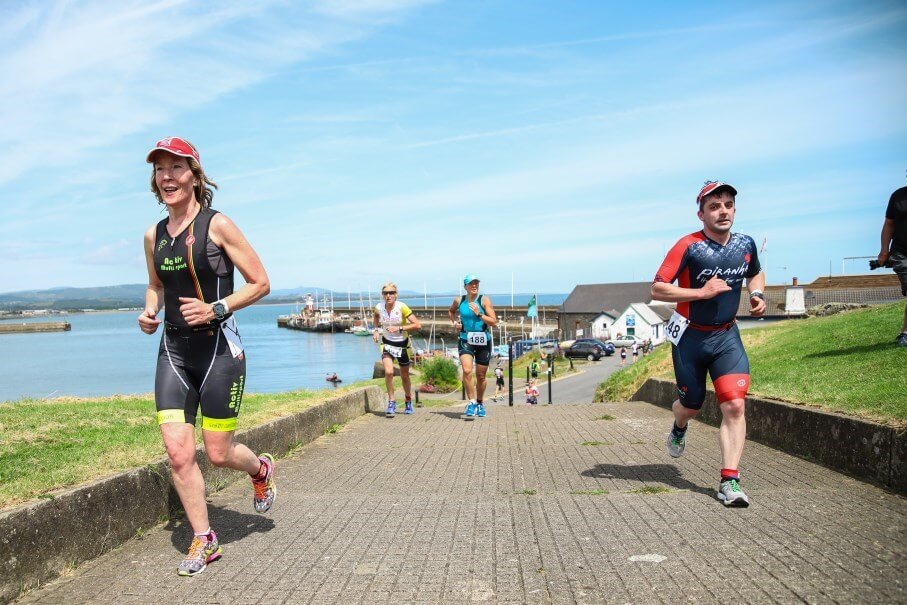
Triathlon races can be very intimidating for newbies, and rightfully so as triathlons are an extreme sport. The following are some first triathlon tips for beginners. Read it thoroughly if you’re one!
Get your gear
Talking of the triathlon training tips; First and foremost, get your gear and practice with your equipment. Do not separately buy a new kit for the big race; sometimes, your gear might have some issues or is not comfortable for you. It can ruin your race, so you need to know and be satisfied with your equipment. The race involves a lot of running, so you need to get the footwear right.
Your footwear needs to be comfortable running, not so slippery, not hard to take off, so you directly put them on after swimming and jump to cycling.
A race belt is ideal for this race. It can carry your water bottle and your immediate needs like sunglasses. However, you can also use a helmet as a number belt.
A wet suit is necessary if you want to save time on swimming and go straight to cycling, but for that, you need to have lube; it will be more comfortable getting out of the tri suit in record time.
Other swim gear is essential such as goggles and swimming caps.
In race replenishment
You might think that you will never get the time or even feel the need to eat during a race, but that is not true. During these exercises, your body will deplete from its nutrients. If you plan on performing well in the area, you need to refuel.
The best time to do cycling as you are in a sitting position is not entirely comfortable, but necessary. You can eat an energy bar or any fruit to fill up. It would be best if you also hydrated during this time as your body would need its energy during the running it would be doing in the final phase of the race.
Beginner Triathlete training plan
Your training will translate into your race; the more consistent and more effective workouts you do, the better it will help you.
Running your first Triathlon is a pretty big, physically endearing task, and it might seem to overwhelm you at first. Still, with the tips mentioned in this article, you would be sure to pass your very first Triathlon feeling proud of yourself. It is also essential to make sure you have the conviction to see the Triathlon through.
Making your Triathlon training plan realistic
Everybody wants to do everything at once, if possible. The feeling of being left out just because you skipped a few things can feel devastating. Still, it is also wise to consider the amount of time you can dedicate to your triathlon schedule.
What matters most is not the amount of work you do but how consistent you are with the program you set for yourself. You will find it more beneficial to maintain a realistic plan and see yourself more if you are overburdening yourself or potentially wasting time.
Try to arrange social workout sessions frequently
The power of friendship is not something to be taken lightly off. It is always better to make a squad of your friends interested in the same goals as you. Who knows, maybe even make new irreplaceable triathlon friends during the journey who, with their experience, can even give you some veteran pointers known exclusive to them.
Try to keep your performance in check, not your equipment
Although getting the right gear might seem a logical step for giving you a head-start in the arduous game, you should still ensure your equipment’s reliability.
With your exponential growth, you can move onto a lighter and slicker load, which would benefit you more late-game than initially. Don’t worry about equipment; stick to the standard kit, and build your base better than a lighter and slicker load. It will be better to get a triathlon transition bag, as their design is solely to help you on the run.
Keep your priorities straight, especially your key workouts
Having several workouts in a day makes it easy to leave your more physically straining activities for the ends for better time utilization. However, this leads you to not commit your full mind and body to those key workouts, causing less efficiency output. That is why you should do your key and straining exercises first, while your mind and body are still fresh. It will help you greatly in both your endurance and strength build-up.
How to dominate a swimming triathlon
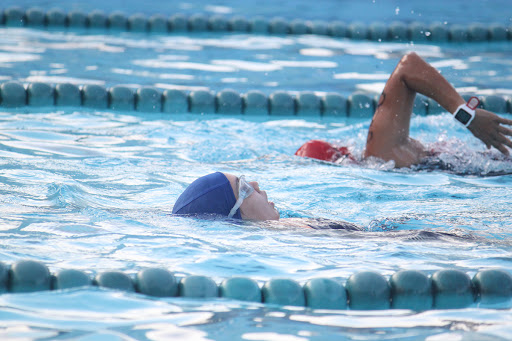
Don’t get over-expensive equipment but not too cheap too
The difference between 5$ goggles and a decent 20$ one is vast as two separate worlds in two distinct eras. Well, maybe not that much, but goggles that can barely fit you or fog up quickly can significantly degrade your swimming performance. So try going for those which justifies both!
On that note, the right wetsuit or tri suit for your swimming endeavors is also vital for your triathlon needs. Granted, it would not make you a professional swimmer. Still, it has many other benefits than getting yourself a cheap one off the back of your mind.
Neoprene or any right wetsuit would help eliminate drag and give you support to swim more efficiently. Lastly, it helps in reducing frictional drag to a great extent, significantly boosting your swimming performance.
Preserve your mental state; don’t get overwhelmed
Don’t let thoughts like “I’m scared for my first open-water swim” or doubts like “I can’t do this” sabotage you before you even go through a single race. The practice is key in triathlon races, so don’t let yourself be overwhelmed by doubts both throughout the trial or afterward.
Be confident in yourself and work through each task one step at a time, and you will be sure to pass your first race feeling confident in yourself and proud of yourself for not quitting.
Tips for when you are in the water
Minimize your kicking to preserve energy and maintain balance. Kicking extra hard to account for your lack of speed will only tire you out quickly and lead you to be spent half-way through the track.
Dive into the water with your head down and only a small part of your head out. Keep these things in mind, and you should feel a significant change in your stamina and speed after a while. Work on improving places where you think you are lacking and maintain your current stance throughout your practices.
Transitioning between phases is not only about speed but also about stamina. A good sports drink can replenish lost electrolytes, ensuring you don’t cramp up or lose energy.
Training Intensit
Keeping your training intensity in check is a massive point in almost every triathlon activity. You can check this by taking your pulse for 6 seconds after every swim training. You can then add a zero to the number of pulses you gathered to get yourself a heartbeat per minute count through estimation.
The allure of the triathlon lies not just in its challenging segments but in that electrifying moment when athletes, after a gruelling race, finally step across the finish line. Every heartbeat during the swim, every pedal stroke during the bike segment, and every stride on the run is driven by the singular focus on that line. It symbolizes not just the end of a race but the culmination of months of training and a testament to one’s resilience and determination.
How to Prep for Your First Triathlon with a Focus on Open Water Swimming
Triathlon races can be very intimidating for newbies, especially the challenge of open water swimming. Unlike swimming in a pool, open water presents its own set of challenges – from the unpredictable nature of waves and currents to navigating a straight path. Here’s how you can prepare effectively:
Tips to add extra strength to the pedal [Bicycle Tips]
![Tips to add extra strength to the pedal [Bicycle Tips]](https://srcgadgets.com/wp-content/uploads/2020/11/Tips-to-add-extra-strength-to-the-pedal-Bicycle-Tips.jpg)
How do you overcome the bike-to-run transition?
When participating in a triathlon, the bike-to-run transition can destroy your legs or composure if you do not take appropriate measures before going through the ordeal. Transitions will typically damage your progress to some extent, even if you are ready for it.
Still, to minimize this obstacle, you should select a lower gear and spin your legs with more cadence while reducing the load at the last stretch of the section. It will help your legs to adjust to the running field.
Importance of focus on cycling
If you feel like you are short on time, try to focus on cycling and give it you’re all. Compared to the other sections, the cycling section is always the longest. Thus if you manage to skim through this track, you can potentially save yourself a chunk of time and can likewise dedicate less to each section without any worries.
Avoiding fatigue and keeping yourself fresh and hydrated
Try not to push for a higher gear at the start of the race or maintain a high cadence with lower equipment. It will help you avoid fatigue in the later stages of the race while keeping the pace alive altogether.
Additionally, keep yourself refueled and hydrated during the cycling leg by carrying both a bottle and easy-to-eat foods like a calorie bar or a banana to full and ready for the later parts of the Triathlon.
Don’t resort to drafting
Although drafting might seem like a legitimate strategy, reducing resistance and conserving energy by riding a few inches behind the competitor’s rear-wheel is illegal. It often results in instant disqualification.
So, keep in mind to avoid drafting because the last thing you want after a month of practicing for a triathlon is to get disqualified for a cheesy strategy you thought was fair.
Carrying a puncture repair kit when cycling
Unprecedented occurrences such as flat tire during the big event can prove disastrous to the competitor. Still, instead of moping about your efforts being wasted, you can always carry some essential puncture repair tools in a pouch underneath your saddle.
While the time lost in fixing the tire may damper your progress, it still allows you to salvage yourself something from the Triathlon and not just go back home empty-handed with a flat-tired bicycle.
Nutrition for Triathlon Success
Just as training for transitions is crucial for a successful triathlon, equally important is your nutrition plan. Proper fueling can make or break your race day performance.
Pre-training Nutrition
Morning of the Race
During the Race
Post-race Nutrition:
Conclusion
Well, we tried our best to gather up some of the best tips for triathlon through sheer research, keeping every aspect of the game in check. Ultimately, it all comes down to how you perceive this challenging game and how hard you train to make your performance reach par!
